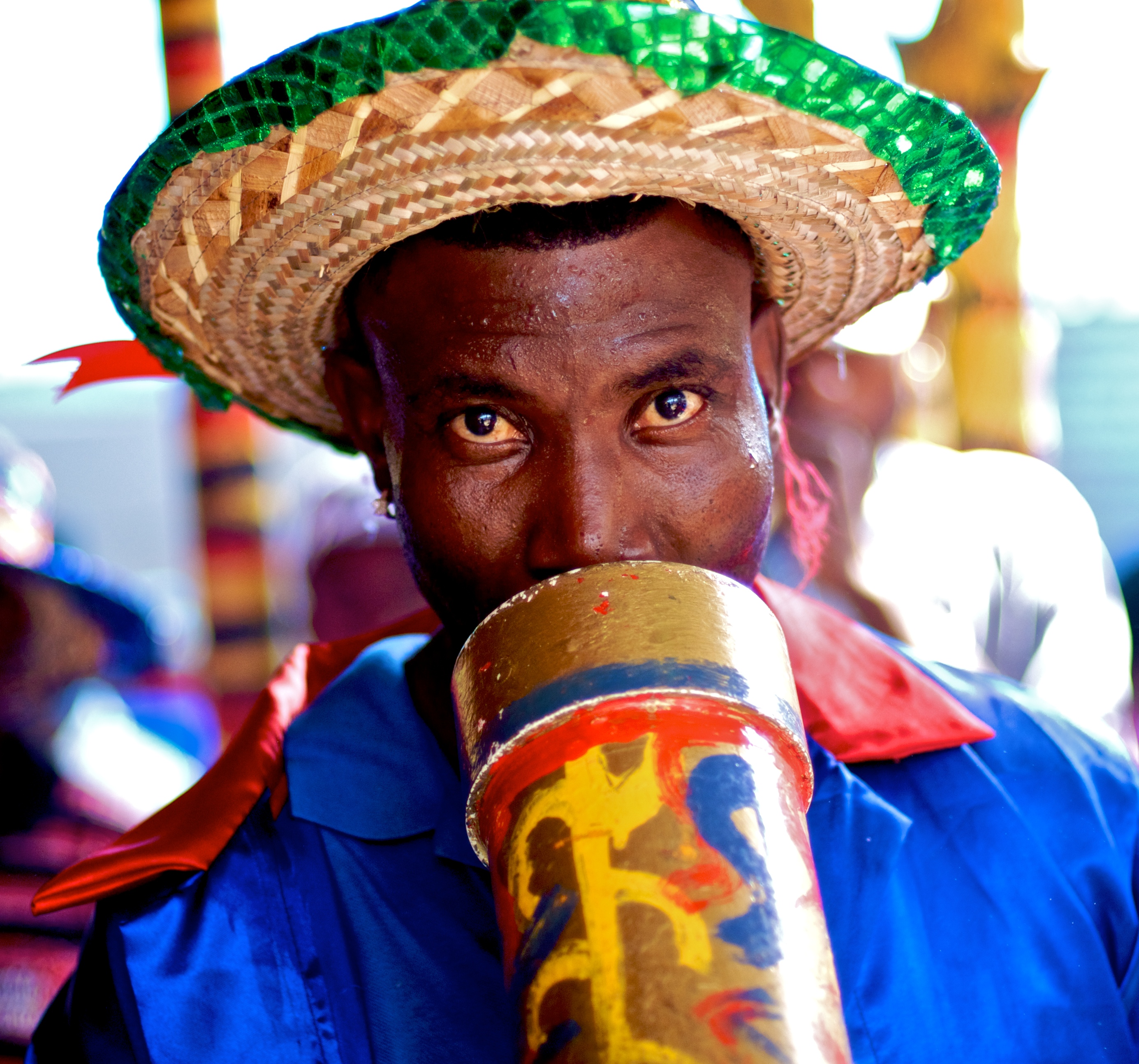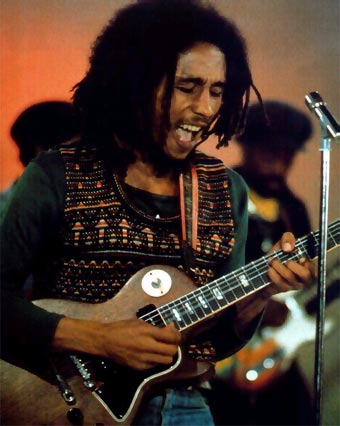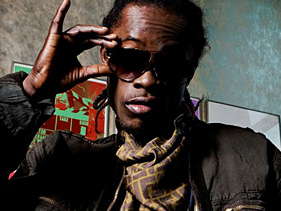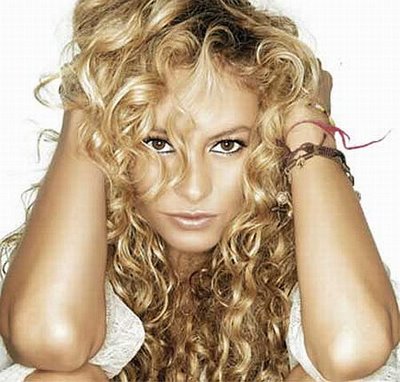
A Haitian Hippie Movement
Haiti’s music is influenced strongly by the vodou religion and the country’s battle with slavery and fighting for freedom. Haitian folk music has its roots in French and Spanish musical forms.
Rara is a form of Haitian folk music that ties back to the Vodou religion. It is a processional type of music and only performed in the country between Ash Wednesday and Easter Sunday.
The Rara celebrations involve a great amount of dancing in the street and during the festival, the musicians perform religious ceremonies.
Rara music features cylindrical bamboo trumpets called vaksen as well as drums, maracas, metal bells and the percussion instrument referred to as the guira. The music is played in repeating rhythmic patterns and is very African-based.
Like in America, the 1970s in Haiti gave rise to the disco scene. During this time period, however, Haiti was struggling with a cruel and unjust dictatorship. Thus began the Sanba Movement, which was headed by Haitian “hippies.” During this time black power was extremely popular and included musicians such as the internationally-acclaimed Bob Marley.
Some of the most prominent figures in the Sanba Movement included six musicians who formed a band called Gwoup Sa. After this, other bands began popping up in the nation’s popular culture including musicians such as Lolo.
Following this outbreak in popular music, the '90s introduced a new musical genre called mizik rasin otherwise known as “roots music.” This music included many forms such as reggae, rock and funk mixed with traditional Haitian music forms.
Another popular musical form in Haiti is known as the Haitian rap, which gained popularity in the recent hip-hop movement. Rap music in Haiti is mostly popular with the younger generation, as it generally discusses social, political and materialistic topics.
Port-au-Prince native Jimmy O was a prominent Haitian hip-hop artist who rose up when Haiti’s hip-hop/rap music scene was just beginning.
Although his music was performed in Haitian Creole, he performed with a number of American hip-hop artists including Wyclef Jean and Akon.
In 2007, Jimmy O, along with other Haitian artists, performed in Port-au-Prince with some American artists.
Jimmy O was not only known for his music, but also his involvement in social activism. In 2006, the musician held a hip-hop performance in Bel Air, Haiti to help fund the USAID Clean Streets project. The artist was also involved with Wyclef Jean’s Yéle Haiti Foundation.
Jimmy O had a large impact on Haitian popular culture, but unfortunately his life and career were cut short after a tragic car accident. Before his death, Jimmy O had been planning to release his debut album Destiny in the United States.









.jpg)








